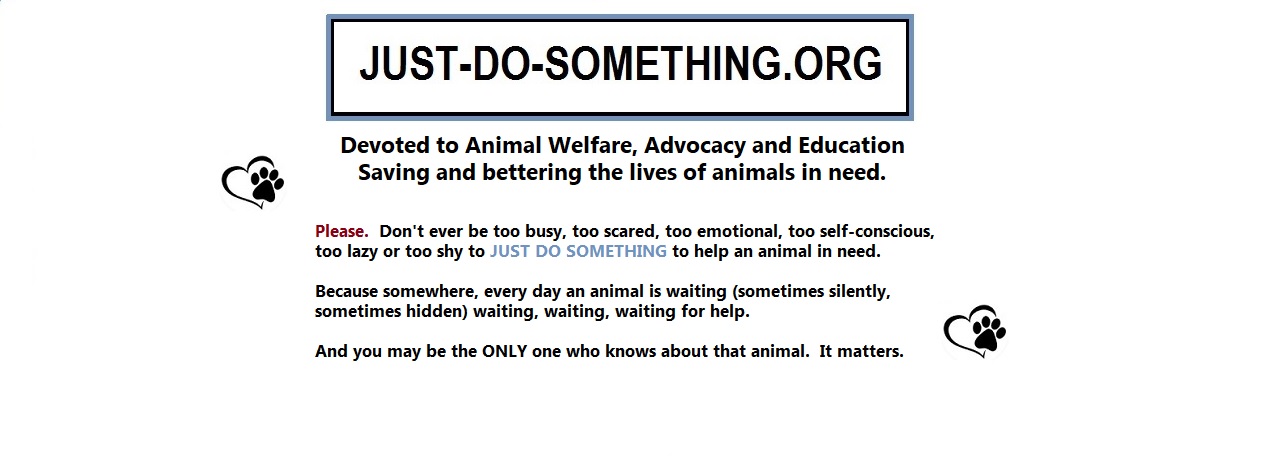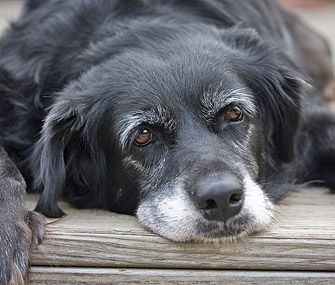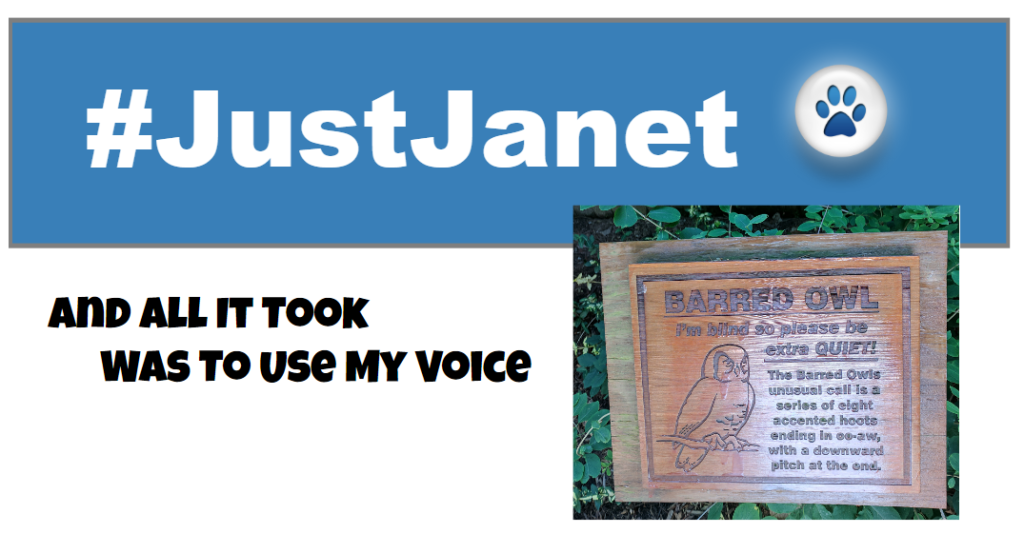Make Changes to Accommodate Your Aging Dog
At first you notice more grey around their muzzle. They eyes have lost that sparkle and appear to have sunk a bit deeper.
For most owners, the process begins with their dog appearing less interested in the activities they once thrived on. They are no longer interested in chasing a ball or Frisbee for what seemed to you, like hours! They hesitate before jumping into or out of the car. It takes a little longer for them to get to you when called.
Basic routines are becoming more strenuous. They have to go out more often, or have “accidents” in the house. Walks are slower and shorter. They may begin to limp more. They get out of breath quicker. Their breathing, even when resting, is more labored. They are more prone to injuries.
You notice they now eat to live, rather than how they were jokingly known to live to eat. They have lost their taste for certain foods.
They appear to have lost their “sense of humor.” Some are less tolerant of other animals and children. They growl or retreat to a private space more often. They appear depressed.
There are a number of easy and inexpensive ways to help your dog pass through this critical stage of their life, with less pain and more dignity. They include:
- First, take them to your veterinarian for a check up and assessment of their current condition. Your vet may recommend supplements that will help relieve pain.
- To manage arthritis in dogs, veterinarians recommend controlling the pain and inflammation associated with arthritis with medication. This should also be accompanied by a suitable diet and exercise and supplements.
- Get a ramp, so they can get into and out of the car on their own.
- Raise their food and water bowl, so they do not have to bend down to far to eat or drink comfortably.
- Change their diet. Their sense of smell may no longer be as keen. This often makes food seem less appealing or palatable.
- If they are having problems with their teeth, switch to smaller kibbles or softer food.
- Feed less, but more often.
- Soak their food in salt-free broths.
- If you allow your dog on the sofa or bed, there are “stairs” available in pet stores and on line, to help them get up and down, without causing pain.
- Get them a softer bed. Tile and wood floors are tough on their old bone.
- Keep physically stressful activities short, but interesting and fun.
- Have a short new adventure together every now and them. Go some place different! Try something different. Many dog owners have found, the canine social interaction from joining a dog training class, often piques their dog’s interest in life again.
- Take them out more often. Give them more time to take care of “business.”
- If they are losing their hearing, get a whistle, to get their attention.
- If their vision is failing, they may be nervous going outside alone in the dark. Keep them company…light up the yard, or carry a flashlight.
- Be tolerant of “accidents.” They may not have the bladder or bowel control they once had. Don’t expect them to be able to “hold it” as long as they once could.
- Keep the walks short, but do it more often.
- Give them a private place to retreat to…and respect it.
- If there are other dogs in the house, do not tolerate bullying. It often happens as a senior alpha dog transitions to a lower pack status.
- Massage your dog, or have them professionally massaged. It makes a huge difference!
- Be patient if they appear “needy.” They cannot explain it to you, but something physical may be happening, and they feel safer with you.
- Expect less from them. Appreciate and praise any efforts they make. Positive reinforcement is an amazing motivator!
Bottom line: Your dog may no longer be what they once were. Nonetheless, that doesn’t change how much they love, respect, and need you. Make this ultimate stage of their life as vital as possible. Give them the dignity they have earned and deserve. You owe it to them.









